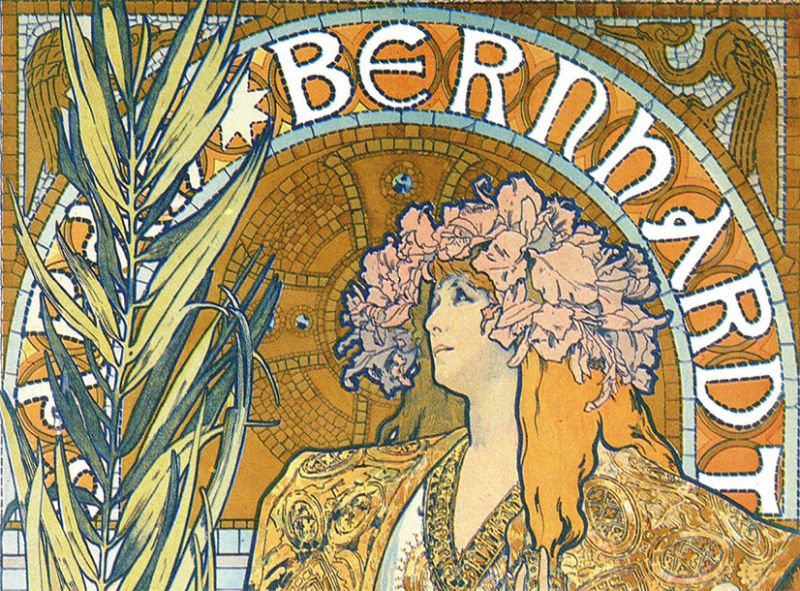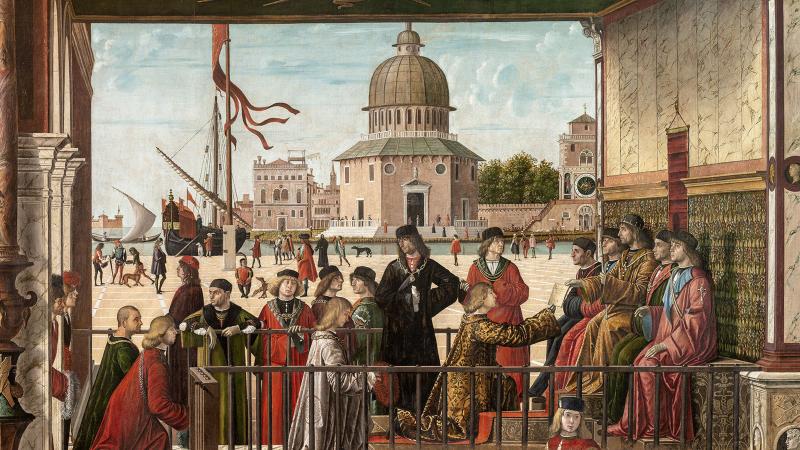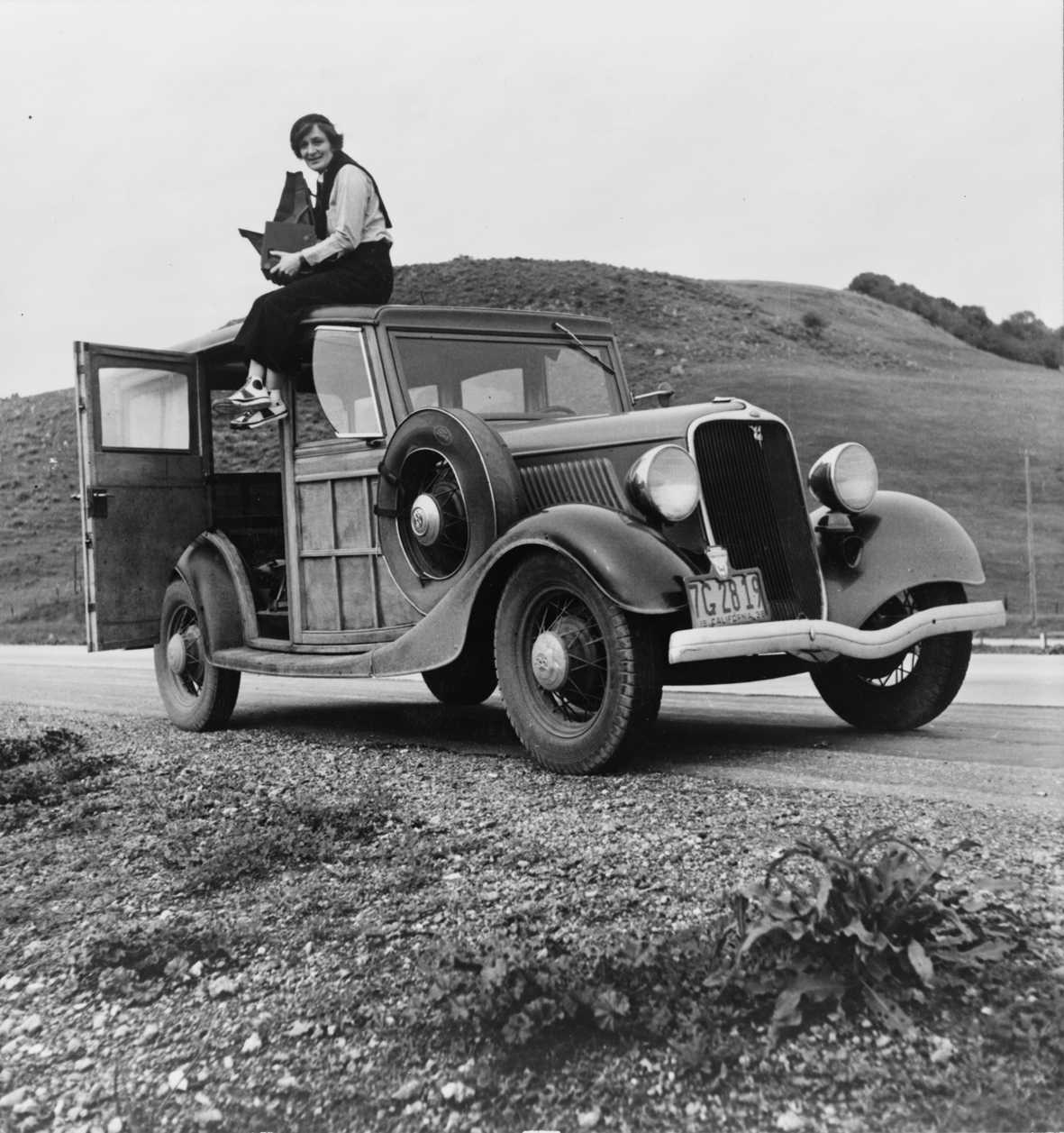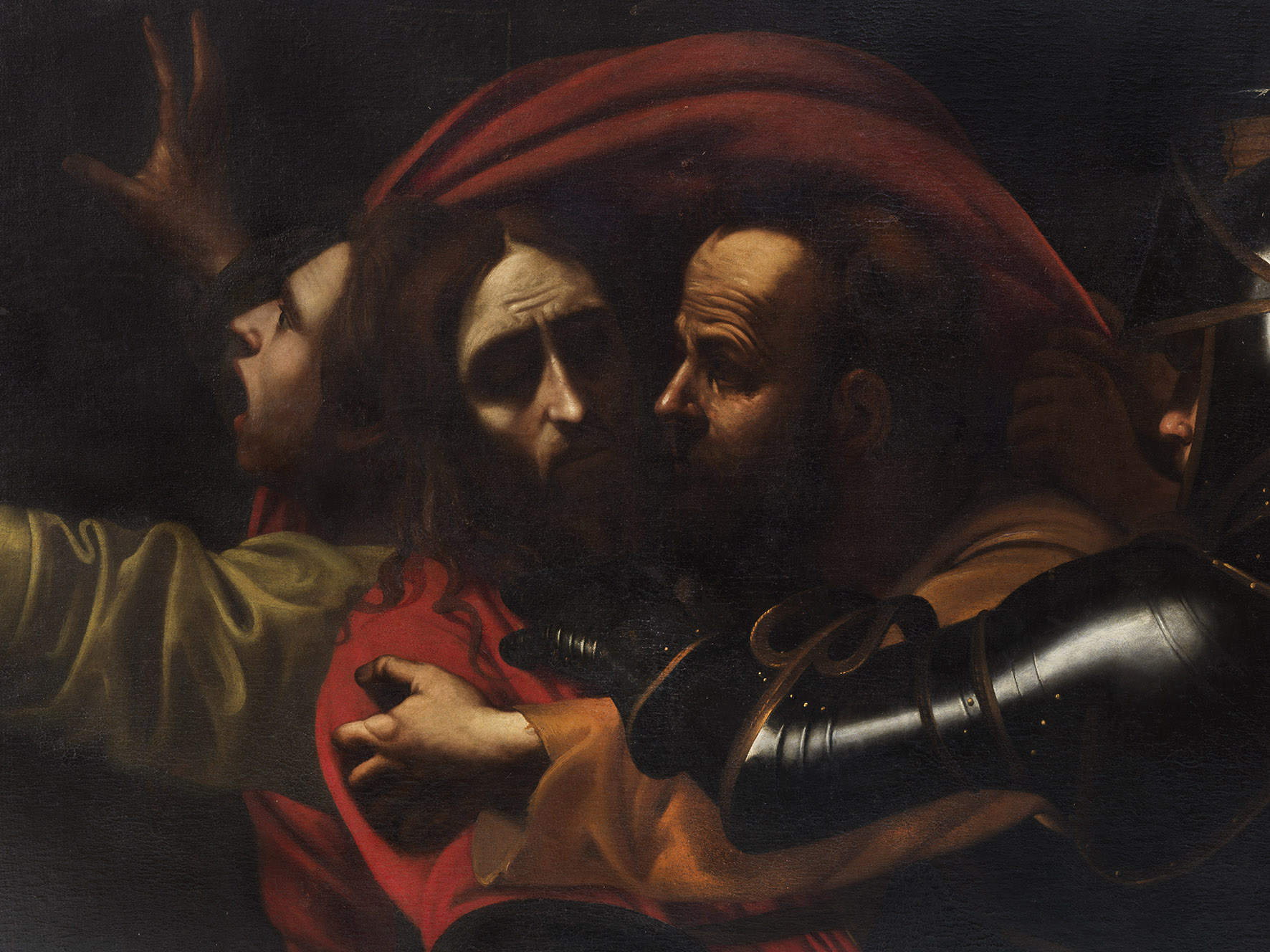
Have you ever immersed yourself in the timeless fascination of the golden age of theatre and art in the late 19th and early 20th century? Today we travel back in time, to the effervescent Paris of the late 19th century, where two emblematic figures crossed paths, creating an artistic union that still fascinates today.
The famous actress Sarah Bernhardt and the artist Alphonse Mucha not only defined the era in which they lived, but created an artistic legacy that continues to inspire.
In this post we discover together the tumultuous life of Sarah Bernhardt and her unforgettable collaboration with Alphonse Mucha.





